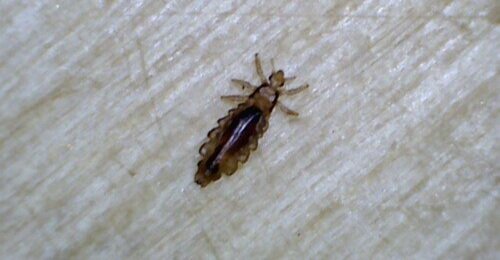Managing Head Lice
Fact Sheet #1
Fact Sheet #2
Fact Sheet #3
Fact Sheet #4
Fact Sheet #5
Fact Sheet #6
What You Need To Know About Head Lice
What Are Head Lice?
Head lice are tiny grey to brown insects about the size of a sesame seed that live in human hair and must feed on human blood to survive.
They lay tiny white oval-shaped eggs about the size of a knot in a thread, called nits, they are attached to strands of hair close to the scalp. Although it’s hard to see head lice, you can see the nits if you look closely.
Nits are most often found in the hair behind the ears and at the back of the head and neck. The first sign of lice is itching of the head, which is caused by the bite of the head lice.
Head lice do not spread disease.
How Do You Get Head Lice?
Any child can get head lice.
Head lice happen mostly with elementary school-aged children.
Children get lice from other children through head to head contact during play or sports or nap time, and most often in school settings.
Sharing combs, brushes, hair accessories, hats, or lockers can spread head lice.
You can’t spread nits…only live lice.
How Do You Get Rid of Head Lice?
Use an over-the-counter FDA-approved shampoo treatment found at drug and grocery stores. Follow directions on package exactly.
Soak all combs and brushes in very hot water for about 1 hour.
Wash sheets, blankets and other bedding in hot water.
Seal stuffed animals in a plastic bag for 1 week.
Vacuum carpets, furniture and mattresses thoroughly.
Re-treat hair again in 7 days.
If You Suspect a Child in Your Classroom Has Lice
Have the child checked by the school nurse
Follow your school/district policies regarding head lice
Educate children on avoiding activities that may spread head lice…remind them not to share combs, brushes, hair accessories, headphones, hats, clothing, bedding, etc.

